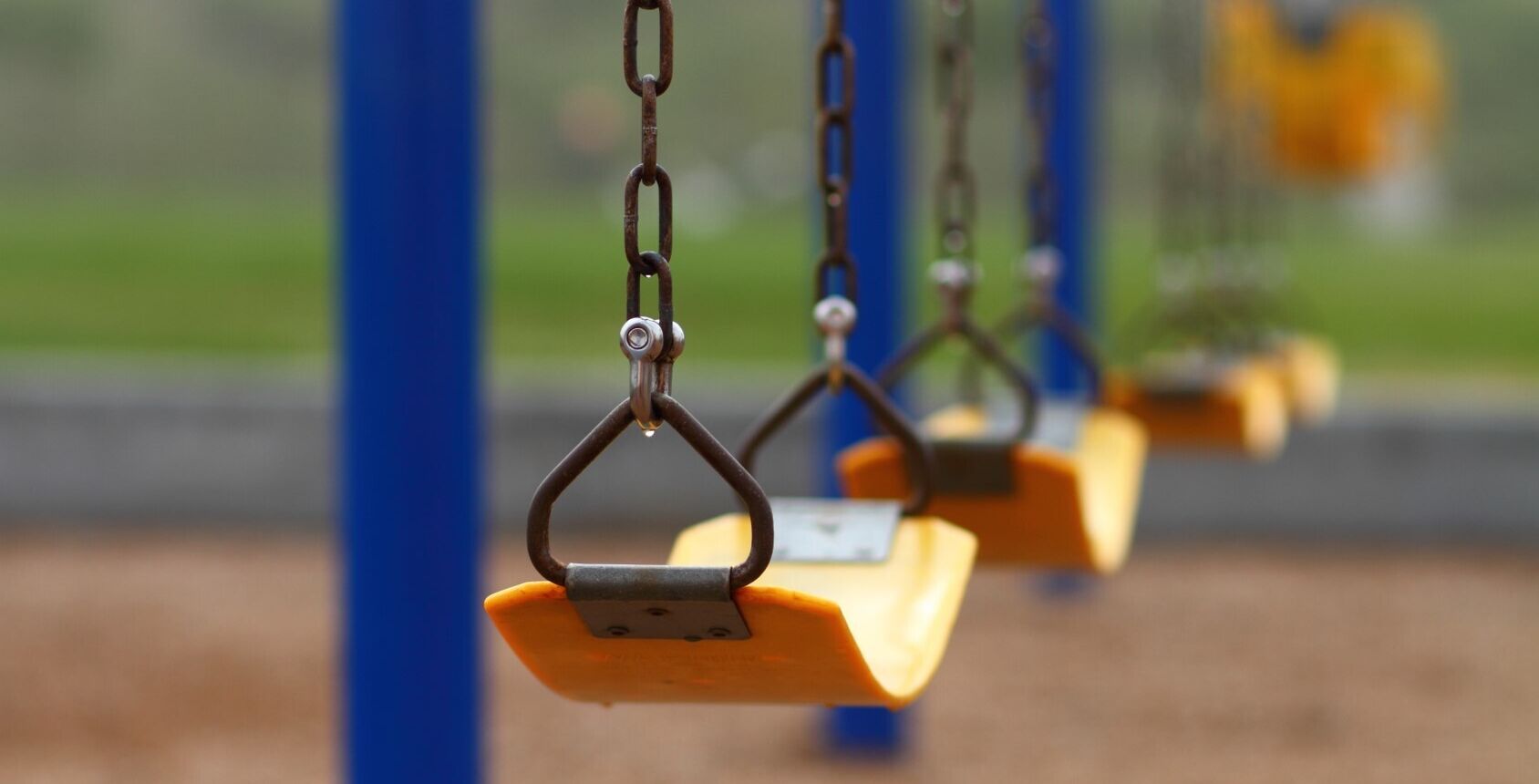Child sexual abuse

Child sexual abuse is when a child is forced or coerced to be part of sexual acts, or to witness them.
Usually sexual abuse is perpetrated by someone in a position of power or authority over the child including an adult or an older child. They may or may not be previously known to the child.
Sexual abuse can be extremely hard for children to talk about because they might not have the words to communicate what happened and may be very frightened and told it’s a secret. This can be difficult at any age.
Sexual abuse of a child might include physical contact. This type of abuse might include a child being encouraged or forced to take part in sexual activities including:
- touching and fondling,
- kissing,
- penetration,
- removal of clothes, and
- masturbation.
There are also types of child sexual abuse which involve no direct physical contact. These abuses might include:
- flashing or exposing genitals to a child
- not protecting a child from sexual abuse by others
- encouraging a child to watch or listen to sexual acts
- allowing someone else to sexually exploit a child.
Sexual abuse can also occur online and may include:
- grooming a child with the intention to sexually abuse or exploit them
- forcing or persuading a child to take part in online sexual activities
- asking a child to provide sexual pictures or videos of themselves
- supplying or encouraging a child to watch or listen to child abuse images, such as through child pornography.
Signs of sexual abuse
Physical symptoms can include:
- unexplained genital injuries, trauma, itching or inflammation
- anal or vaginal soreness
- discharge or blood in underwear
- pregnancy
- sexually transmitted infections (STIs).
Behavioural symptoms can include:
- unwillingness to be left alone with people or to return home
- sexual knowledge advanced beyond what's expected for their age or development level (including sexual language, sexual body movements, sexual play or seductive sexual behaviour)
- persistent and inappropriate sexual play with peers, themselves, toys or animals
- sexual themes in drawings or stories
- exhibiting harmful sexual behaviours towards other children
- other behavioural symptoms of child abuse.
What’s normal and what’s not?
It’s normal for children to be curious about sex, to ask questions and to experiment. While it can be confronting to see children acting sexually, the important difference is to identify age-appropriate behaviours from concerning behaviours.
Getting help
Worried about yourself, a friend or another family member? Get help here.
Find out more
For more information on child abuse, including information on reporting child abuse, please refer to the DHHS website.